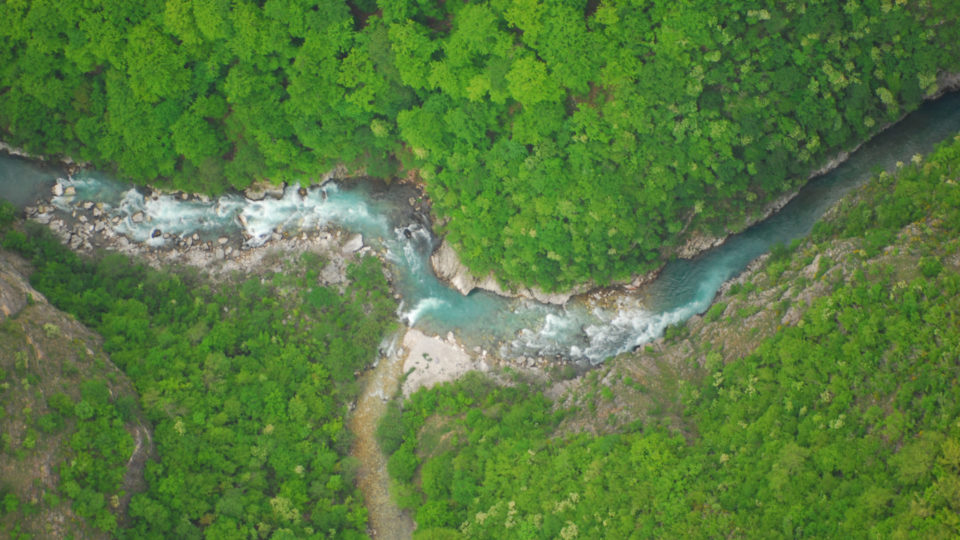Only 40% of EU coastal waters, lakes, rivers and wetlands are healthy, while 60% are currently unhealthy.[1] Yet the plans by Member States to improve the state of water in Europe suffer from a lack of ambition and effective action, threatening the sustainable water future of both people and nature.
Today the European Commission issued its latest report on how Member States are implementing the EU’s Water Framework Directive (WFD) through their River Basin Management Plans (RBMPs) for the period 2015-2021. The RBMPs are intended to serve as roadmaps for conserving and restoring freshwater ecosystems across the EU. While there has been progress in more effective implementation compared to the 2009-2015 cycle, only a limited number of water bodies have improved in status. The actions taken to date fall far short of what is needed to bring Europe’s freshwater ecosystems into good health by the deadline of 2027 as required by law.
According to Paul Brotherton, Policy officer Water & Rivers for Wetlands International – European Association, ‘Action is urgently needed to improve the health of our waters and meet the goals of the Water Framework Directive. Freshwater ecosystems are already under significant pressure from pollution, over-abstraction and hydro-morphological alterations. The increasing frequency of droughts and floods due to a changing climate is further stressing Europe’s waters. We call on Member States to commit themselves to achieving the goals of the WFD by investing in more ambitious, ecologically based river restoration measures and nature-based solutions instead of working to weaken the law.’
The Commission noted several potential barriers to achieving the 2027 deadline for good status, such as Member States’ lack of adequate funding and the persistent use of exemptions covering nearly half of Europe’s waters. It is also highly concerning that for a large proportion of water bodies, the reported impacts of anthropogenic origin and pressures of drivers (especially hydro-morphological pressures) are still unknown. Without knowing these impacts and their drivers it is hard if not impossible for Member States to address the root causes preventing good quality. This needs to change, at latest in the next RBMPs.
Notes
The WFD is currently undergoing a review examining its relevance, effectiveness, efficiency, coherence and EU added value. This includes an ongoing stakeholder and public consultation. As part of this review, Wetlands International – European Association is part of the #ProtectWater campaign of 130+ NGOs to ensure that the WFD continues to protect and restore the rivers, lakes and wetlands that depend on it.
[1] The EEA State of Water Report in July 2018 offered detailed information on the status of Europe’s water bodies – only 38% of them are in good chemical status and just 40% in good ecological status.

